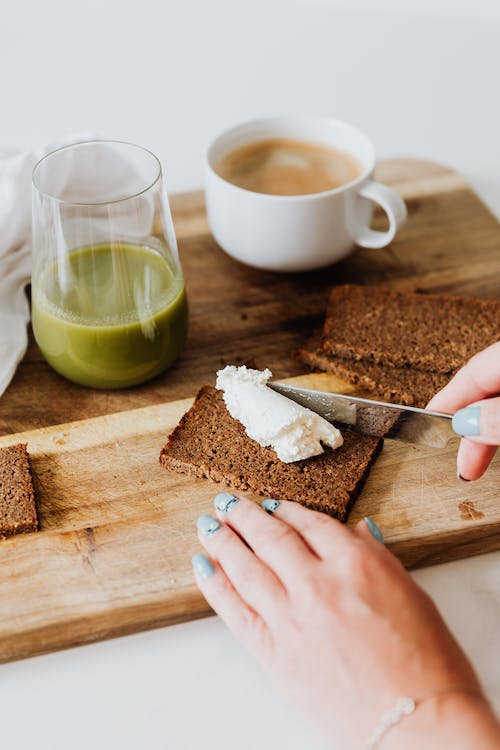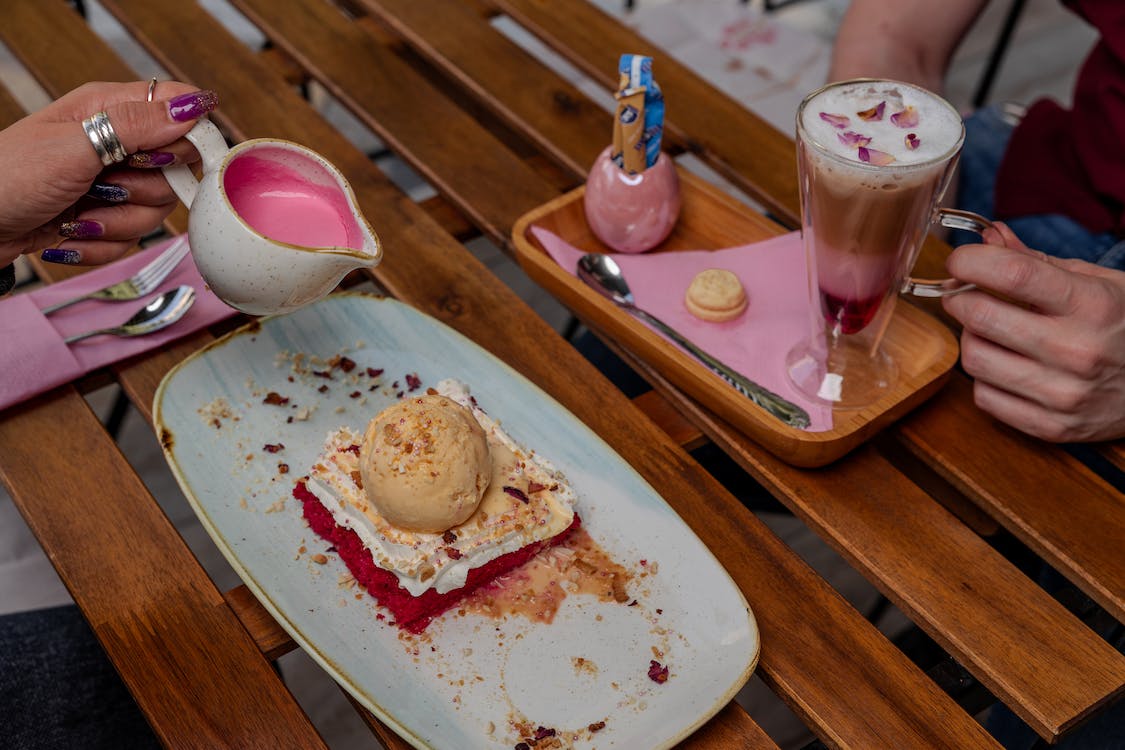Cream tea is an afternoon tea that includes tea, scones, clotted cream (or, less traditionally, whipped cream), jam, and occasionally butter. Cream teas are offered at tea houses around England, particularly in Devon and Cornwall, as well as in various Commonwealth nations.
Cream tea is also known as:
- Devon cream tea
- Devonshire tea
- Cornish cream tea
If you travel to the United Kingdom, you will notice that many cafes offer Cream Tea, especially those that are close to popular tourist attractions like castles or cathedrals.
Dinner or supper may sometimes be referred to as “tea” in some parts of the UK. Although the phrase “evening meal” is Scottish in origin, it can be assured that it is widely used around the world. When some tourists first arrived in the UK, this perplexed them, especially people who commonly would have their “tea” without really drinking any tea with their meal.
Contrary to popular belief, a cream tea is not just a cup of tea with cream added. The English use the term “cream tea” to describe a designated period throughout the day for refueling. It is what many of us in America refer to as an afternoon “snack” or, in more polite terms, “nutrition.”
For individuals who do not live in those nations, the diverse customs around teatime among the English, Irish, Scottish, and Welsh might be confusing. In the UK, it is teatime. May be morning tea, afternoon tea, high tea, low tea, or just regular tea. To avoid further confusion, “tea” might also refer to the evening meal.
History of Cream Tea
Although some evidence shows that the habit of eating bread with cream and jam existed at Tavistock Abbey in Devon in the 11th century, the origin of cream tea is still debated. The 1964 novel Picture of Millie by Philip Maitland Hubbard, “We just bathe and moon about and eat cream teas,” is cited by the Oxford English Dictionary as the first instance of “cream tea” in the sense of an afternoon tea as opposed to a cup of tea with cream in it. However, the “Foods of England” website has found an earlier newspaper cutting, The Cornishman of Thursday, September 3, 1931, which uses the phrase in what seems to be its modern sense.
The eleventh century is believed to be when the first cream tea was had at Tavistock Abbey in Devon. According to Devon historians, the laborers were given bread with cream and jam to eat as they worked since the abbey had been destroyed by a Viking attack. Since tea was not introduced to Britain until the seventeenth century, it is possible that the Abbey builders were sipping ale along with their meal, which is not how we currently see cream tea.
Variations of cream tea
The ideal way to consume a cream tea varies depending on the locale.
- The Devonian, or Devonshire, approach involves cutting the scone in half, spreading clotted cream on each half, and then spreading strawberry jam on top. Also widely utilized in neighboring counties is the Devon technique.
- The heated “bread split” or “scone” is first split in half, then covered with strawberry jam, and then topped with a scoop of clotted cream. This is the Cornish way. The usage of this technique is widespread, particularly in London.
Even while many people still insist on applying the jam or the clotted cream to the scone first, cream teas are still served and relished in both counties whether the jam or the cream is applied first.
Rarely do commercially marketed teas include buttered scones. According to tradition, it is crucial that the scones be warm (preferably, just out of the oven), and that only strawberry jam and clotted cream be used. The tea is typically served without milk and butter, according to certain sources.
The “Devon split” or “Chudleigh,” which is smaller than a Cornish split and lighter than a scone, is a sporadically seen substitute for the scone in Devon. A “Cornish split,” a sort of somewhat sweet white bread roll, was historically an alternative to scones in Cornwall. Even in Cornwall, it is currently uncommon to buy this product on the market, although many Cornish families still use splits in their own homes.
A Cornish split or round of bread covered with clotted cream, honey, or golden syrup is known as a “Thunder and Lightning” variant of a cream tea.
A “savory cream tea” with cheese scones, cream cheese in place of clotted cream, and chutney in place of jam is still another variety.
Why is it called cream tea?
When speaking to the British tradition you may have heard of, it is a good idea to inquire why it is named Cream Tea. Thankfully, cream tea does not include adding cream to your cup of tea; it is a specialty of the UK. Avoid it at all costs—it is a terrible idea!
An alternative is Cream Tea, which consists of scones, thick cream (often Clotted Cream), jam, and tea. As a teatime (or elevenses) treat, it is a cake-like treat. In the UK, most cafés, tearooms, and hotels—especially those near the coast—offer this. When on vacation, stopping for a Cream Tea is a popular custom.
Scones resemble American “biscuits” in several ways, but they could be lighter and more risen. A higher scone is more praised than a flat, low, or “mean” one! You may get savory cheese scones in addition to them, and frequently they contain sultanas or raisins baked into them.
What is in a cream tea?
A delicious jam and rich clotted cream are placed between freshly baked scones that have just come out of the oven and are served with cream tea. Cream tea purists disagree on whether the cream or the jam should be put first. Regardless of your preference, scones must be served with a pot of steaming hot tea.
Conclusion
An afternoon snack known as “cream tea” consists of scones, tea, jam, and cream. The history is a little unclear on how it got started but it can certainly be an enjoyable way to have tea!



